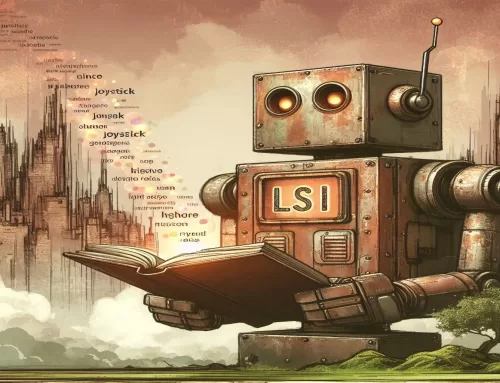NLP Models 2025: Where LSI Goes to Die (Figuratively)
We’re not here to coddle your nostalgia for outdated tech. Last time, we dissected LSI—that dusty relic from 1988—clinging to its word-relationship charts like a digital barnacle. It had its moment, sure. But in 2025, it’s the NLP heavyweights that rule the algorithmic battlefield. BERT, GPT, and their genetically modified offspring are shaping the future of language understanding, and they’re not interested in playing nice with grandpa tech.
At SwiftReach Media, we don’t just observe trends; we weaponize them. And that means staying cold, calculated, and absolutely current. If you’re still putting LSI in your SEO tech stack and expecting miracles, you’re basically sending a pigeon to fight a drone. So, buckle up for Part 2 of this series—the brutal, no-holds-barred showdown between LSI’s dated hustle and the hyper-evolved natural language models of today.
LSI vs. NLP: Context is King (and Executioner)
Let’s start with the core difference: LSI is a static, context-blind system. It’s like handing your audience a crossword puzzle clue without the rest of the grid. LSI creates a fixed map of term relationships based on term frequency and co-occurrence—great if your use case is stuck in 2004. But throw it into the data-rich, semantically nuanced jungle of 2025, and it stumbles like it just walked into the wrong bar.
Modern NLP models like BERT and GPT don’t guess. They know. They understand context at the sentence, paragraph, and even document level. LSI sees the word “bank” and gives you a shoulder shrug—is it about rivers, loans, or maybe fish? A pre-trained model like BERT sees the full sentence—“She withdrew cash from the bank before heading to the airport”—and it gets it. It knows what “bank” means right there, right then, without hesitation.
This isn’t just a nice feature—it’s the foundation of relevance in a world where intent matters more than keywords. Context is no longer optional. It’s execution-level. And LSI, bless its heart, is swinging a wooden sword in a lightsaber duel.
Scale: Where LSI Chokes on Its Own Code
Now let’s talk about scale. LSI is like a cranky old CPU trying to keep up with a GPU-powered AI swarm. It recalculates relationships page by page. Every time you change your data set, it has to start from scratch. That might fly for a blog with a few dozen posts. But if you’re sitting on a content empire—or trying to analyze large swaths of the web in real time—you’ll watch LSI sputter and crash.
NLP models in 2025 are engineered to scale. They’re trained on datasets the size of the internet and optimized to perform in milliseconds. Google’s been leading this charge since BERT. With MUM and LaMDA in full swing, we’re now looking at models that aren’t just reading language—they’re reasoning through it. They’re multilingual, multimodal, and multitasking like digital gods.
The modern web demands models that can keep up with trillions of words, shifting contexts, and cultural nuance. LSI? It’s the equivalent of showing up to a quantum computing convention with an abacus.
The Hybrid Hustle: LSI as a Strategic Sidekick
Now, before we dig a grave for LSI, let’s toss it a bone. It’s not dead—it’s just demoted. There are still cases where LSI can play the role of an intel scout. If you’re mining a fresh data set and you want a rough cut of keyword clusters, LSI can give you that. It’s fast at finding surface-level term proximity, and that has value when you’re looking to prime more advanced systems.
Savvy brands are using LSI to build smarter prompts and seed terms for their NLP pipelines. Take the fitness brand that used LSI to uncover the recurring combo of “kettlebell” and “snatch.” They pushed that insight into a custom BERT model for content targeting, and the result? A 250% spike in click-through rates. That’s not luck—that’s tactical integration.
So no, this isn’t a question of “either/or.” It’s “both,” if you know how to use each tool for what it does best. NLP brings the interpretive power, the nuance, the contextual sharpness. LSI brings raw term-based mapping, fast and dirty. You just have to know when to call in which assassin.
Closing Shots
The message is simple: don’t get sentimental about outdated methods. In 2025, the winners are those who evolve fast, deploy smart, and adapt constantly. LSI had a run. It taught us a lot. But this is the era of intelligent systems with memory, perspective, and awareness.
LSI isn’t the enemy—it’s the intern. Use it wisely. But when it’s time to dominate? Send in the machines that understand.





Leave A Comment